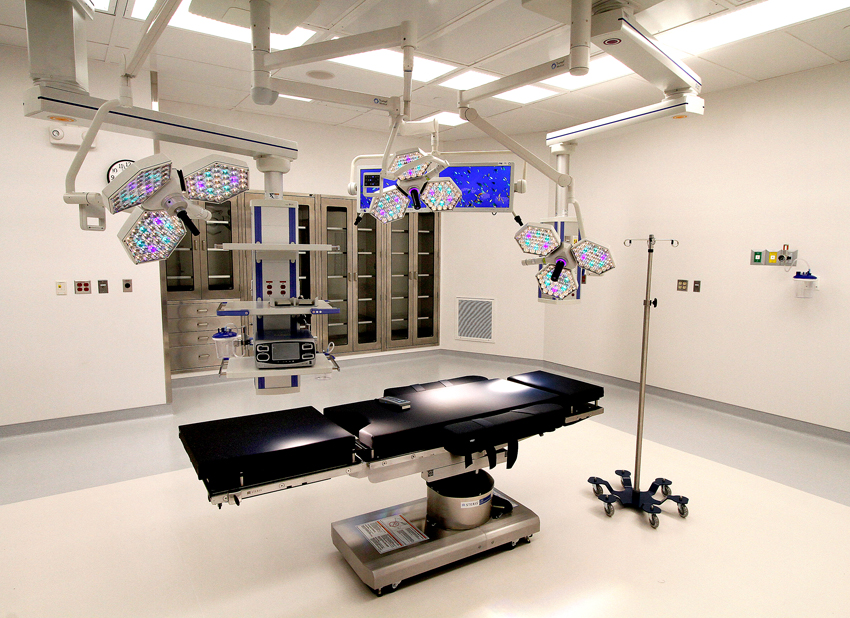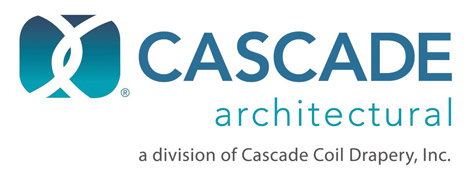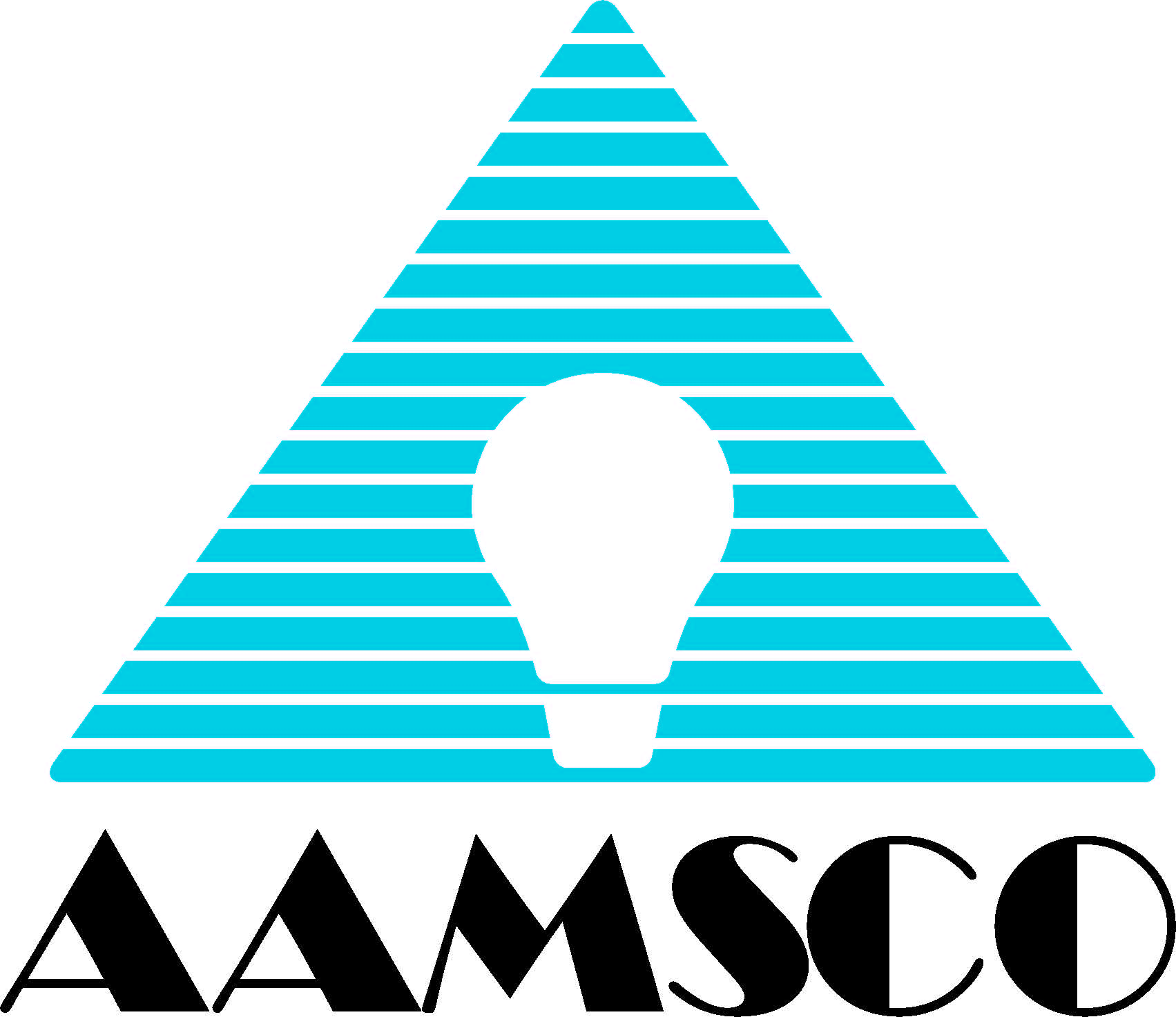Health-Care Design for All
SOUND CHOICES FOR CRITICAL CARE ENVIRONMENTS
Critical care environments have special design concerns. Portions of a hospital that provide critical care include intensive care unitss (ICU), labor and delivery units, surgical ICUs, trauma ICUs, and many others.
Each of these has very specific patient needs, and the design of these spaces has important implications for safety, well-being, and the delivery of care. For example, some patients may be experiencing delirium. Others may be recovering from stroke; they likely have limited mobility and may require in-room cameras to spot seizures and other issues. All of these concerns must be factored into the design of the space.
Lighting must be adequate for performing critical tasks while reducing fatigue among health-care workers. Finishes and surfaces must be durable and resistant to bacteria. And the environment should be soothing and help make the experience less stressful for the patient.
Now we willll take a look at some specific examples of design choices for critical care environments.
Solid-Surface Wall Cladding
Solid-surface wall cladding is an excellent and durable solution for spaces like operating rooms and other sterile environments. The material is made from acrylic and/or polyester resins combined with filler, color pigments, and acrylic chips. The material is typically extruded or poured; it can also be molded while hot.
Since solid surface is non-nutritive, it does not promote the growth of mold and mildew, and it resists bacterial growth. The inclusion of “active” antimicrobials within the solid surface can also reduce odor-causing bacteria.
Many colors and particulate combinations available. Most manufacturers offer complementary accessories such as corner molding, batten strips, and perimeter trim for a cohesive appearance.
Solid surface is nonporous and extremely durable. It has a long life cycle, which helps with its environmental footprint and helps keep maintenance and operation costs down.
In construction projects, especially major renovations or retrofits, installers may encounter wall conditions that are less than true. Specifying solid-surface panels with an S-curve “wavy” edge allows panels to fit together with a flat, flush seam where the wall may fluctuate.
This has important implications for hygiene. The tight, flush, hard seam reduces places where dirt, dust, mold, and germs can get trapped. Some solid-surface panels are produced in larger-than-standard industry size, which can also reduce the number of seams in a wall run.

Photo courtesy of Inpro
Durable, nonporous solid-surface panels are an excellent choice for critical care environments, and they can be accessorized with trim and molding.
Critical Care Lighting Solutions
Lighting for critical care units must be designed for patient and caregivers alike. It must provide high-quality illumination for critical care and labor and delivery settings, but it must also help patients feel comfortable.
One in-ceiling lighting system demonstrates how a single system can meet both of these goals. The system features a low-profile style that helps patients feel more comfortable, while the high-quality illumination provides the caregiver with the ability to adjust the light intensity level for clinical care needs.
This system provides the ideal intensity and fixed spot for exam, suturing or minor procedures. Cool, color-corrected lighting renders skin tones and textures more accurately. Easy-to-use wall-mounted controls allow the caregiver to focus on the patient. Each fixture is independent and can be quickly and easily controlled. The recessed fixtures provide an uncluttered environment, which helps reduce stress for both the patient and the caregiver.
CONCLUSION
Health-care design can help mitigate the risk of infection and HAIs while ensuring patient accessibility, safety, and well-being. Good design can also support the vital work that health-care workers perform, and help cultivate a welcoming and healing environment for patients, residents, visitors, and staff. As this course has shown, architects and designers play a key role in ensuring health-care facilities meet all of these goals through the specification of finishes and surfaces, fixtures, and lighting products, among many others.
Juliet Grable, is an independent writer and editor focused on building science, resilient design, and environmental sustainability. She contributes to continuing education courses and publications through Confluence Communications. www.confluence.com
 |
 |
 |
Notice

www.aamsco.com/mirrors/wheelchair-medicine-chest

www.cascade-architectural.com

www.inprocorp.com








